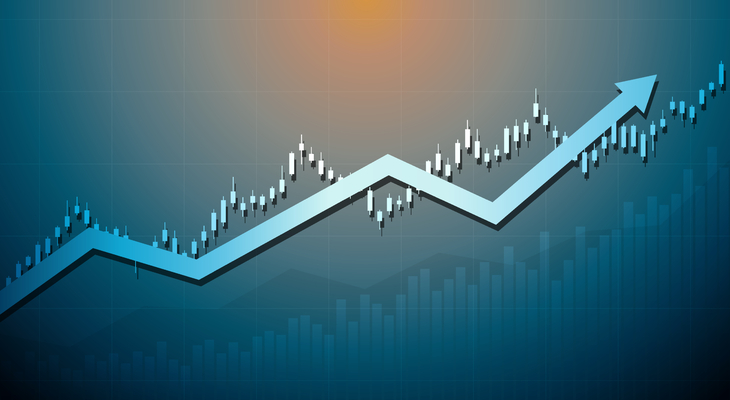In the financial markets, there are numerous phenomena that can lead to significant volatility in asset prices, one of which is a complex but impactful occurrence known as the "Gamma Squeeze." This term might sound unfamiliar, but it actually represents a specific dynamic in the options market, particularly when there is a surge in demand for call options. This phenomenon can not only affect individual stock prices but can also have a ripple effect across the entire market. Today, we will delve into the mechanisms, impacts, and real-world examples of a Gamma Squeeze.

The Mechanism and Impact of a Gamma Squeeze
The core of a Gamma Squeeze lies in the behavior of market makers within the options market. Market makers are those who provide buy and sell quotes to ensure market liquidity. When investors buy call options, market makers sell these options to meet the demand. The price changes of options depend on their delta (sensitivity to the underlying asset's price change) and gamma (the rate of change of delta). After selling call options, the positions of market makers will change with the price movements of the underlying asset. To maintain a neutral position (delta neutrality), they need to buy or sell the corresponding amount of the underlying asset. For instance, if the stock price rises, market makers need to buy the stock to hedge. When the stock price significantly increases, the delta of call options rapidly increases (because gamma is the rate of change of delta), meaning market makers must buy more stock to maintain delta neutrality. This increased demand can further drive up the stock price. Once initiated, this process creates a positive feedback loop: stock price increases lead to more hedging demand, which in turn pushes the price higher, especially when market sentiment is high and there is a surge in demand for call options on a particular stock.
A classic example of a Gamma Squeeze is the GameStop event at the beginning of 2021. Retail investors, coordinated through social media, bought a massive amount of GameStop call options, forcing market makers to buy substantial amounts of stock to hedge, which ultimately led to a sharp rise in stock price in a short period. This event not only demonstrated the significant impact of market sentiment and investor behavior on stock prices but also highlighted the leverage effect of options strategies. The rise in call option prices attracted more investors, prompting further market maker involvement to meet the demand, thereby amplifying the stock price increase.
However, a Gamma Squeeze also has negative implications. It often results in stock prices becoming detached from the company's fundamentals, leading to market prices not reflecting true value. Investors might face considerable risks in such an environment, as rapid price increases are often followed by equally rapid declines. Moreover, for market makers and investors, a Gamma Squeeze increases market volatility and risk, necessitating quick strategy adjustments in response to the ever-changing market conditions. Market makers might accumulate a large inventory of stocks in a brief time, which not only increases their holding risk but could lead to significant losses when market sentiment shifts.
Additionally, a Gamma Squeeze might draw scrutiny from regulatory bodies. Due to the potential threat it poses to market stability, regulators might intensify market surveillance, introduce new rules, or adjust existing policies to mitigate the risks this market phenomenon poses to the broader financial system. Market participants need to keep an eye on these changes, as policy adjustments can have far-reaching effects on market behavior.
Conclusion
A Gamma Squeeze is a fascinating and challenging aspect of the options market, showcasing the complexity of markets and how financial instruments can trigger dramatic price movements under certain conditions. Understanding Gamma Squeeze is crucial for investors, traders, and market makers, not only to better grasp market dynamics but also to devise more effective trading strategies. However, participants should also be aware of its potential risks and not follow blindly but rather make decisions based on a combination of fundamental analysis and market sentiment.

